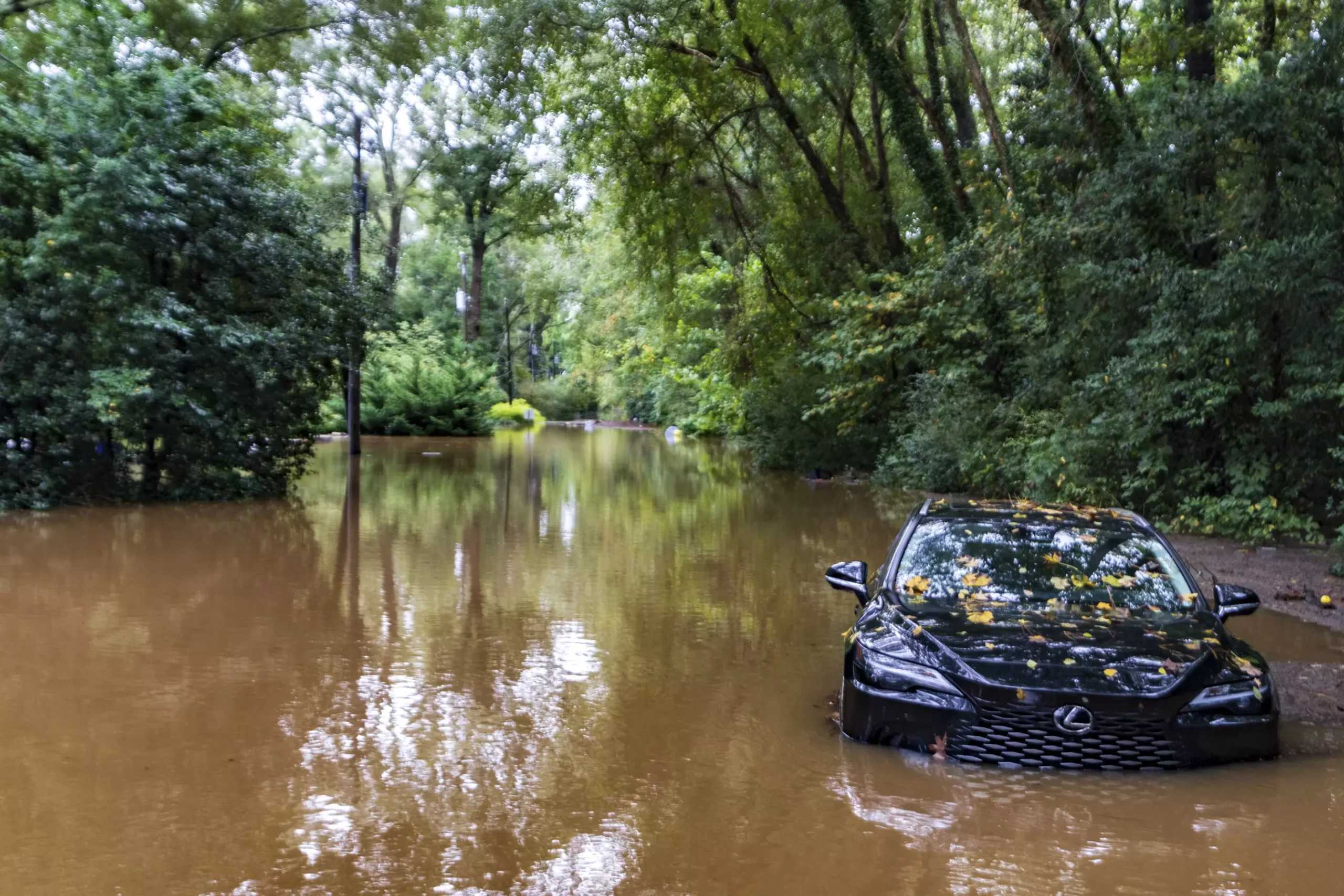As climate change persists and natural disasters become more frequent, the safety of electric vehicles (EVs) during severe weather events has surfaced as a significant concern. Specifically, areas prone to flooding, particularly those that may be affected by hurricanes, pose unique challenges for EV owners. Understanding the potential risks and taking precautionary measures can mean the difference between safety and catastrophe.
With hurricanes like Helene threatening coastal regions, state officials are advocating for proactive measures among electric vehicle owners. Florida Governor Ron DeSantis recently urged residents to elevate their vehicles ahead of the storm, recognizing that storage in high-risk areas may become nearly impossible during severe weather. EV owners must be cognizant of the importance of preventing their vehicles from coming into contact with saltwater, which poses a heightened risk of fire.
Despite some sensational reporting, incidents of electric vehicle ignition due to floodwaters are relatively rare. Nevertheless, history shows that specific events can cause substantial battery damage. For instance, Hurricane Ian resulted in significant losses with over 5,000 EVs affected; 36 vehicles reportedly caught fire as a result. The pattern of these incidents raises questions about how well owners are informed regarding the risks associated with water exposure.
The dangers associated with saltwater inundation primarily arise from the nature of lithium-ion batteries. Saltwater can facilitate electrical conductivity, leading to short circuits when it bridges the positive and negative terminals of a battery. According to National Transportation Safety Board (NTSB) expert Tom Barth, this can trigger a catastrophic condition known as thermal runaway, wherein the entire battery pack may become compromised, resulting in a fire.
While manufacturers implement various safety measures, including insulation to minimize moisture infiltration, the complex design of EV batteries can become a liability when exposed to standing saltwater. Manufacturers focus on ventilation for heat dissipation but maintaining integrity against continuous water exposure poses a persistent challenge. Barth notes that the combination of this exposure and the wear of water seals can lead to tragic consequences.
Furthermore, flood-damaged vehicles may not ignite instantly; issues can arise long after emergency protocols are enacted. Residual salt can linger even after water levels recede, presenting a ticking time bomb of sorts for electric vehicle batteries. This underscores the critical point that an immediate inspection is required if a vehicle has been submerged.
Comparative Risks: EVs versus Conventional Vehicles
While concerns have been escalated regarding electric vehicles, it’s worth noting that traditional gas-powered vehicles are not spared from disaster in similar situations. During power outages, these vehicles also face difficulties in refueling, as service stations may be inoperative. Thus, apart from micro-managing battery levels, EV owners can implement similar strategies as advised for conventional vehicles: maintaining a full charge and preparing for limited driving opportunities.
However, the crux of the issue lies in societal perceptions. Electric vehicles, often viewed as the future of sustainable transport, must also be seen through the lens of risk management in natural disasters. As society rolls out a broader transition to these vehicles, it is paramount to integrate education on how to effectively manage their use in volatile weather scenarios.
The National Highway Traffic Safety Administration (NHTSA) is actively pursuing improvements in battery safety protocols, exploring updated regulations to bolster safety measures. Historical encounters with extreme weather events have necessitated this addressing of gaps in understanding and addressing potential battery hazards.
Moreover, community awareness initiatives could serve as useful tools in spreading knowledge among EV owners about the preventative steps they can take. Agencies can work in tandem with municipalities to disseminate critical information before impending storms, augmenting preparedness efforts.
As climate-related risks escalate, it is crucial for EV owners to remain vigilant and proactive. By understanding the specific challenges related to their vehicles during flooding caused by hurricanes or heavy storms, they can take informed steps to safeguard themselves against potential fire hazards. It is not merely about promoting electric vehicles but also ensuring that these technologies are safe and reliable in every aspect of life—even under duress.
While electric vehicles represent a greener future, owners must not overlook the practical implications of vehicle safety in the face of increasingly erratic weather patterns. Through comprehensive understanding and readiness, the unforeseen consequences of electric vehicle ownership can be mitigated significantly.


Leave a Reply